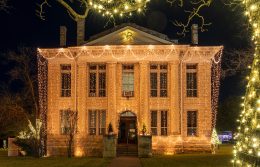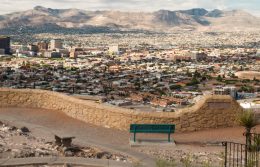City Spotlight: Castroville
In the early days of the Texas Republic, there were numerous enterprising frontiersmen who saw possibility in the wide-open Texas landscape. They won land grants, set up farms and forts, and established towns, often luring new settlers to Texas from far-flung locales. But few of these settler entrepreneurs have as colorful a story as the founder of Castroville, Henri Castro, whose efforts to populate the Texas frontier have had a long-lasting effect on the little Hill Country hamlet.
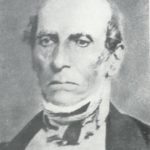
A Veteran of Napoleon’s Army
Henri Castro was born in Bayonne, France, in 1786. As a young man, he served in Napoleon’s Imperial Guard. He married a wealthy widow and, after the emperor fell, headed to the New World. In 1827, Castro became an American citizen and settled down with his wife in Rhode Island. Adventure would call again when he read about the Texas Revolution. Castro obtained a land grant from Texas president Sam Houston for more than a million acres of land, with the promise that he would establish four new Texas towns.
Castro had only three years to meet his end of the bargain, and he furiously began to recruit settlers. He had the most success in the region of Alsace, along the border of France and Germany. The first settler recruits arrived in Galveston on Jan. 9, 1844, and began their 200-mile trek inland, through San Antonio, to their new home.
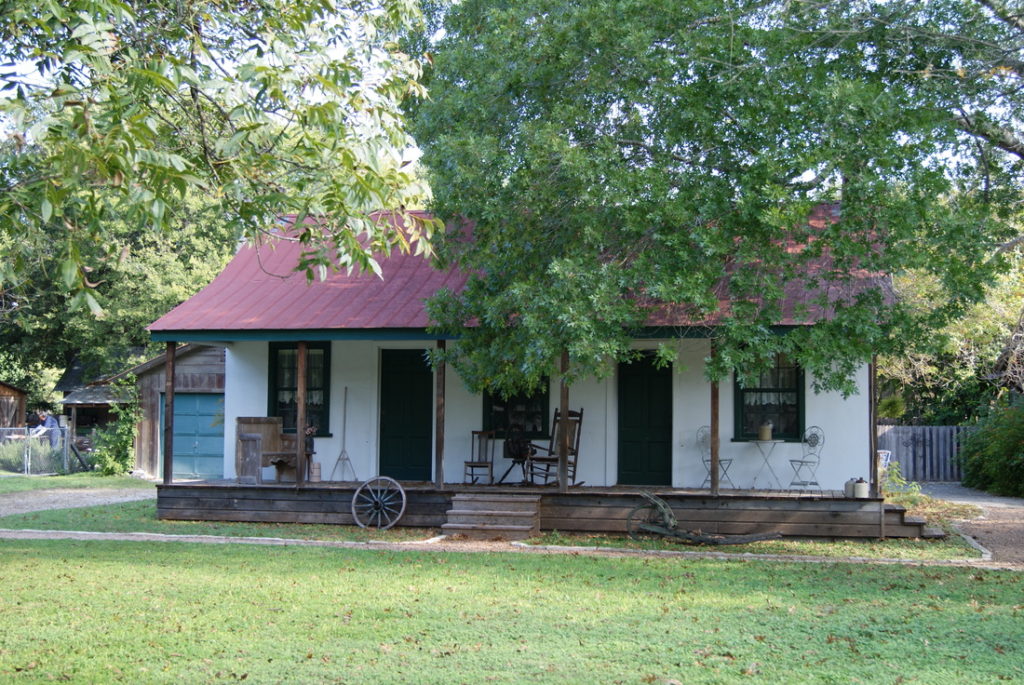
The Hard Frontier
Castro had secured pretty acreage located around the Medina River in the rolling Texas Hill Country, about 25 miles west of San Antonio. It had available water, land for farming and ranching, and plenty of room to expand — but it was also on the edge of Comanche territory. During the first few years of settlement, the Alsatian settlers faced Comanche raids and suffered through two droughts, a locust infestation, and a cholera epidemic.
The determined settlers endured long enough to lay the foundations for one of the most unique towns in Texas. The Alsatian settlers of Castroville created a town layout and constructed homes and shops in the unique architectural style of their native region. They built a church, a public school, stores, a brewery, and a gristmill. Their buildings had steep thatched roofs and were set along narrow lanes. When a visitor in the 1850s visited Castroville, he couldn’t help but remark that the town looked decidedly “un-Texan.”
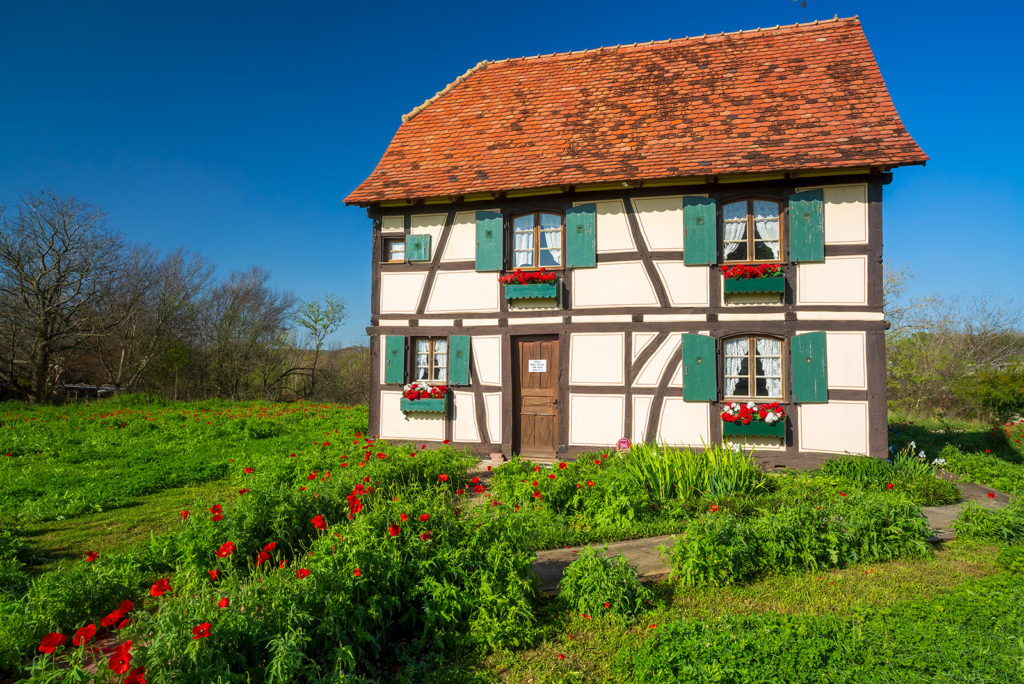
Little Alsace on the Medina
Castroville’s unique history is still reflected in the town today. The town features Alsatian-themed shops and restaurants, and some residents still speak a dialect of the Alsatian language. Like Texas-German, the Castroville dialect more closely resembles the language that was spoken in the mid-19th century and not the tongue as it has evolved in modern Alsace.
Visitors can take a walking tour to view the town’s 97 historic buildings, including the Landmark Inn, St. Louis Catholic Church, and Zion Lutheran churches. But the oldest building in Castroville predates the town itself: In 1998, the town’s Association Jardin des Racines, a historical society, purchased the Steinbach House, a traditional Alsace home built between 1618 and 1648, and had it shipped it to Castroville from Wahlbach, France. The building, which serves as a tourism center, now stands as a tangible celebration of the town’s unique history and cultural roots.
Dive into more Texas towns and history here.
© 2021 Texas Farm Bureau Insurance

